Though it's never a guarantee of a game's quality, open-world video games have the potential for having the most lively sandboxes to explore. Arguably since the PS3 and Xbox 360 console generations, games like Fallout 3 and The Elder Scrolls V: Skyrim have progressively pushed the boundaries for the possibilities of open-world game design with meaningful, substantive environments and inhabitants.
The format has evolved impressively since, with the likes of The Witcher 3: Wild Huntand The Legend of Zelda: Breath of the Wildshowing off how vibrant and dynamic a game's setting can behave. Some of the open worlds that feel the most lively have characters and gameplay systems that interact with each other to make for an immersive experience.
Horizon Forbidden West
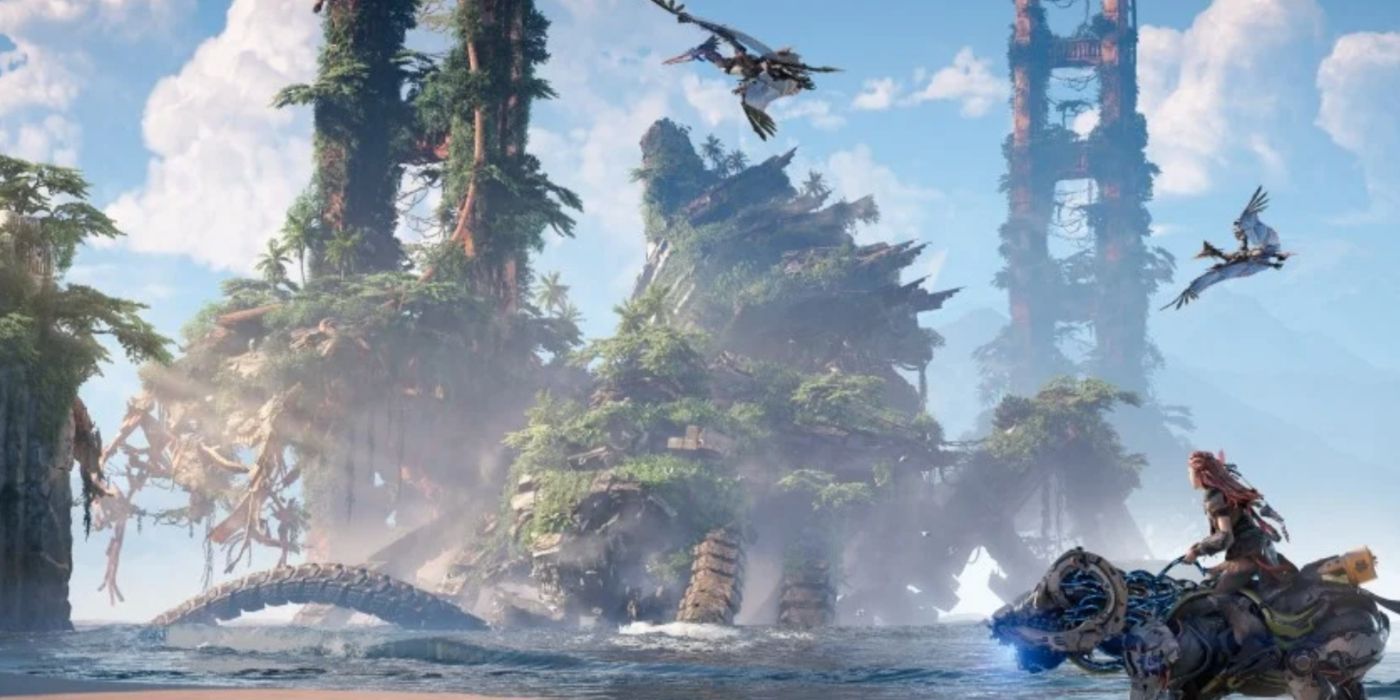
Guerilla Games did an impressive job pivoting from their first-person shooter comforts to the open-world action RPG of Horizon Zero Dawn. The game was one of the most inventive in terms of premise, and Horizon Forbidden West followed up that success by adding more layers of stunning sci-fi dystopian take on the U.S.
Horizon Forbidden West succeeds in making an outlandish concept of blending prehistoric elements with post-apocalyptic sci-fi trappings that combine for a lived-in experience. Despite much of the wildlife consisting of robotic sentient animals, everything - including the human characters - is presented in a tastefully naturalistic way that makes this world feel like a functioning ecosystem. The ability to glide through the air and dive in the ocean also does tremendous work in giving the world a sense of verticality.
The Witcher 3: Wild Hunt
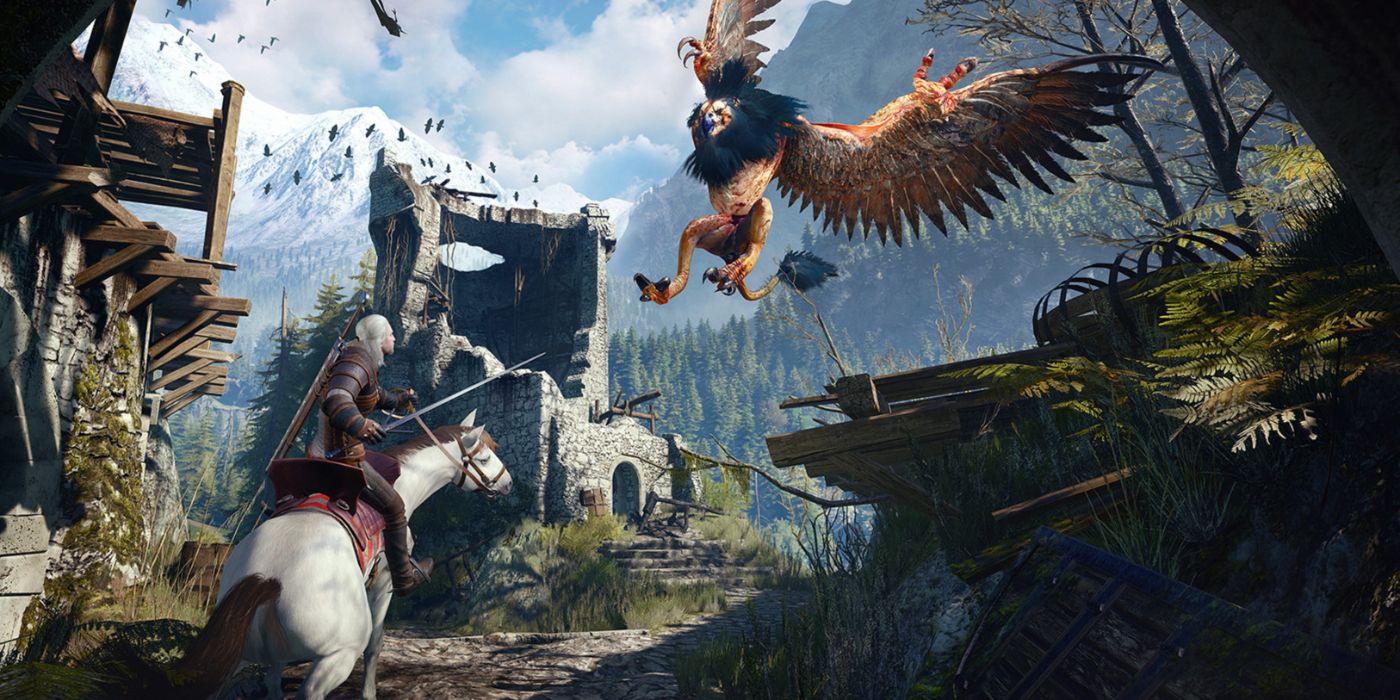
CD Projekt Red succeeded in creating one of the most immersive modern fantasy RPGs in the form of The Witcher 3: Wild Hunt. Following famed monster hunter Geralt of Rivia through the lands of the Continent was an easy and willing way to get lost in a game's open world, and part of why that immersion factor works so well is in its meticulous open world.
The Continent is a dark fantasy that feels lived in - if dying - thanks to a combination of equally rich side quests that flesh out the inhabitants of its world to have their own stories, rather than being wooden NPCs. Likewise, the way events, quests, monsters, and more can be dynamically encountered add to the "lived-in" atmosphere that's present throughout the whole game -- a factor that's bolstered further in Blood and Wine's picturesque land of Toussaint.
Red Dead Redemption II
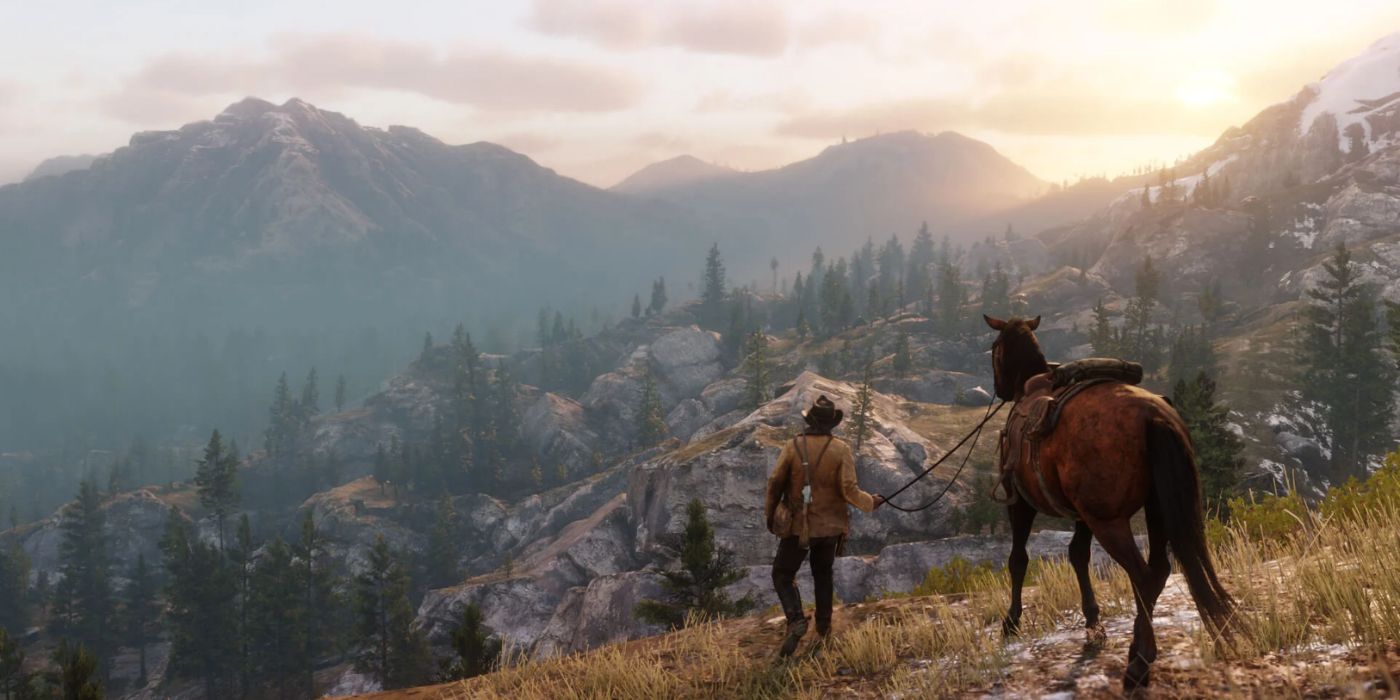
Though there aren't many games of its kind, Rockstar Games' Red Dead Redemption II easily cements itself as among the greatest Wild West-themed video games. It was nearly a decade in the making, but it was released to critical acclaim, partly due to its lively and grounded take on the western frontier.
Taking a break from the fantasy to follow outlaw Arthur Morgan in a world that's growing increasingly hostile to them, there are an astonishing number of ways players can interact with the world and vice versa. Perhaps some might find that adherence to realism limiting, but to others, it was Red Dead Redemption II's greatest open-world strength when it came to developing a game universe with a pulse. Players' actions affect the way characters behave toward Arthur, the time of day can trigger certain events, and players can also approach situations and characters in open-ended ways, in addition to dynamic climates and survival elements.
The Legend Of Zelda: Breath Of The Wild
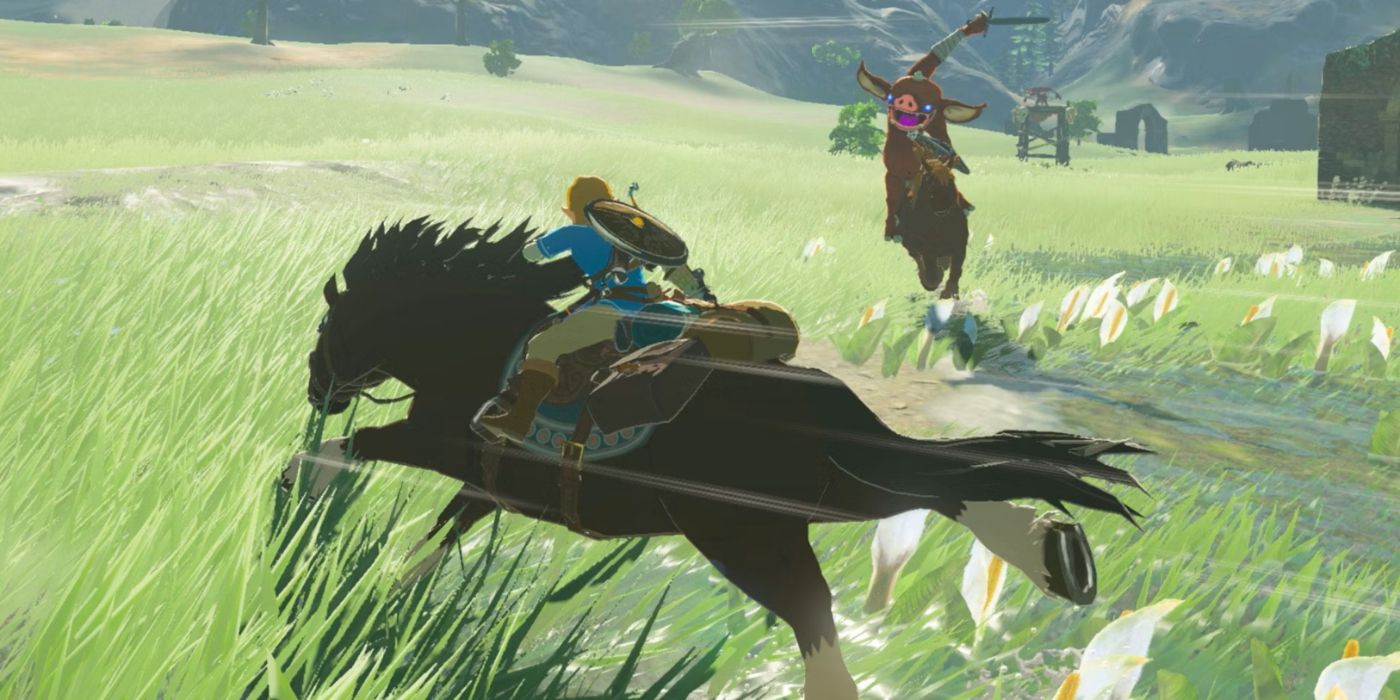
Like Skyrim and the like before it, Nintendo's The Legend of Zelda: Breath of the Wild raised the bar yet again for open-world gaming in general, and even more so for how to create atmosphere. The game was an ambitious expansion of what the Zelda formula had been up until that point, blowing up the adventurous gameplay and sense of scale onto an open-world level.
And like what other games of this scope would do, Breath of the Wild excels in how its iteration of Hyrule features interlocking and dynamic mechanics that all interact with each other. The physics of the game has bearing on almost everything Link engages with - combat, cooking, weather, wildlife, traversal - and the gameplay loop is so open-ended and avoids handholding to such a degree that it encourages players to bask in its naturalistic world. It's a game that literally lives up to the scope of its subtitle.
The Elder Scrolls V: Skyrim
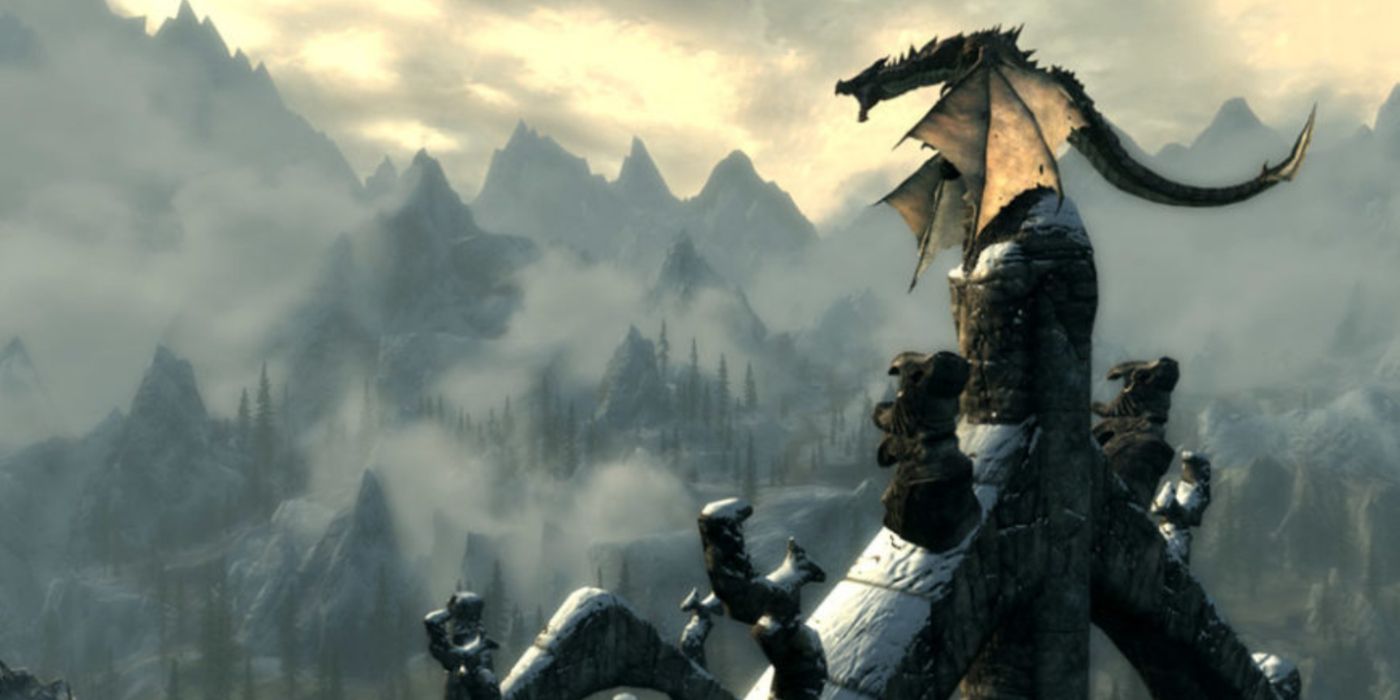
Though it's certainly dated to a degree by today's standards, Bethesda's The Elder Scrolls V: Skyrim was a revolution back in 2011 on the PS3 and Xbox 360. The game arguably set a new high standard for how seamless and dynamic a game's open world can feel, influencing the industry as a whole for how the vibrant high-fantasy land of Skyrim was executed.
Having players be able to mold their own Dragonborn protagonist surely adds to the immersion factor, but what makes Skyrim feel so alive while exploring is how spontaneous it can feel to stumble upon noteworthy side quests to role-play through in this Norse-inspired world. Likewise can be said for any dangers players can encounter along the way, whether it's a group of bandits or high-level dragons reigning fire on a town from above.
Spider-Man

After the superhero genre saw a renaissance in the film industry, it was time it did the same in the video game medium, with Insomniac's Spider-Man being a recent example of both excellent modern superhero games and meaningfully busy open worlds.
The latter is particularly important to a character like Spider-Man, as the concrete jungles of New York need to be as alive as it does when soaring through the cityscape via web-swinging. Even when doing exhilarating acrobatics from above, it's easy to tell how bustling the city is down below. But given the hero's colorful personality, it's made all the better when he playfully interacts with the citizens at the street level.
Elden Ring
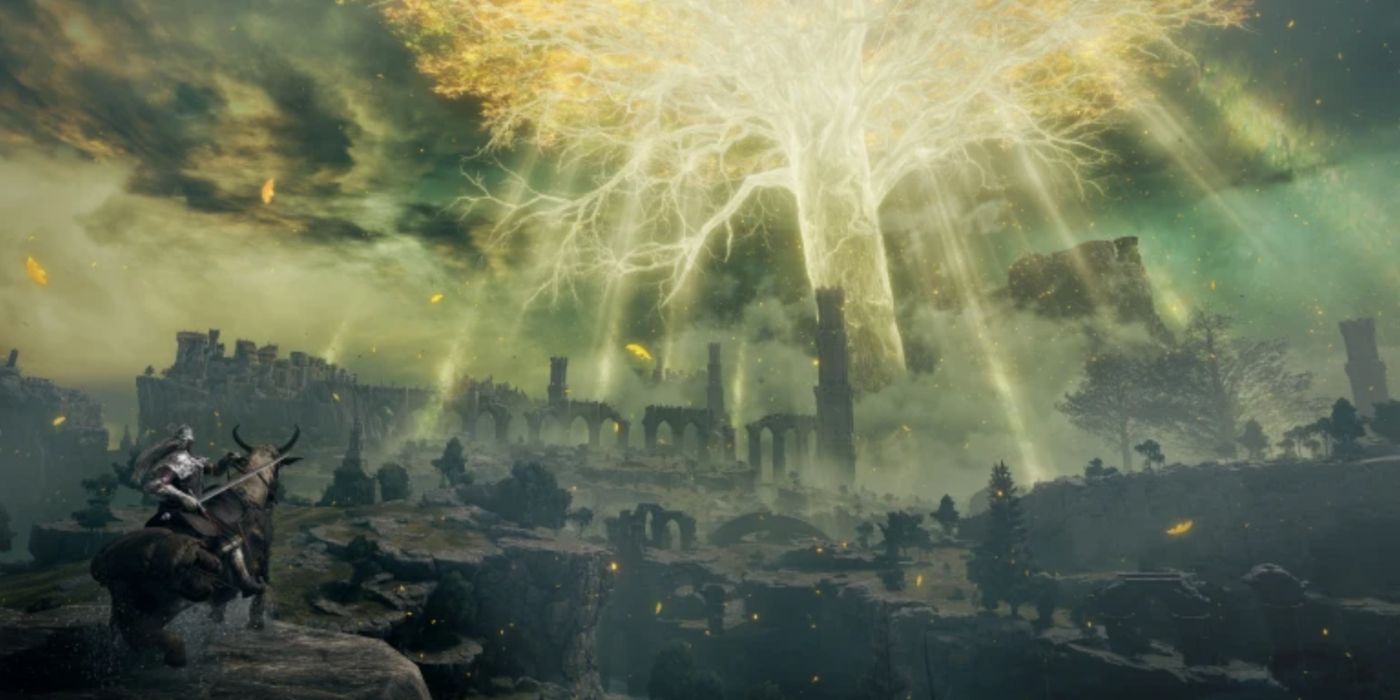
FromSofware's latest dark-fantasy RPG epic by way of Elden Ring was released last year to widespread critical acclaim, effectively taking the next step in open-world game design after Red Dead Redemption II, Breath of the Wild, and Skyrim before it. It was initially tough to imagine how a Souls-like RPG would translate into such a setting, but the fit proved to be seamless from its versatile gameplay to its presentation.
Despite the story and lore of the Lands Between being steeped in tragedy, fallen houses, abandoned locales once opulent, and more, it still clearly has a pulse to it. Elden Ring uses the respawn mechanics of the Souls-like subgenre to show a world that's alive, but one that features life that's lived beyond its intended years in a sort of melancholy beauty. Likewise, it ensures that the Tarnished will find something substantive in every direction they choose to explore.
Ghost Of Tsushima
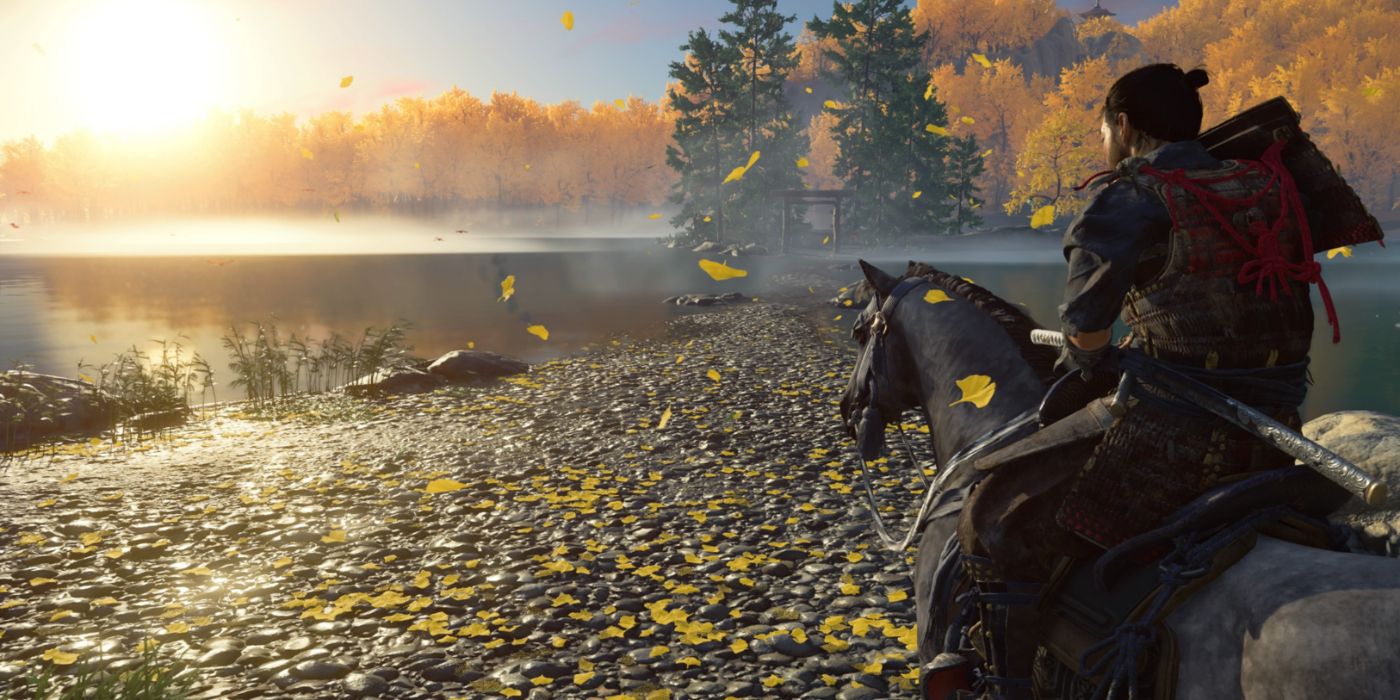
While FromSoftware's Sekiro: Shadows Die Twice before it opted for an eastern dark fantasy, Sucker Punch Productions' Ghost of Tsushima aimed to create a more realistic samurai-themed epic. It was also a tasteful homage to the classic samurai films of director Akira Kurosawa, down to the breathtakingly natural world that let players frame their own "movie."
While playing the protagonist Jin Sakai, Ghost of Tsushima does well to emphasize the scenery at all times while exploring. That stylistic choice is what incentivizes players to immerse themselves in how lively the island of Tsushima around them is. That even comes down to the game's minimalistic use of a HUD (heads-up display), to ensure players get the full picture of the environments, wildlife, and characters interacting around and with them.
Yakuza 0

Sega's Yakuza franchise has grown into a full-blown mainstream triple-A series, and that's largely thanks to the breakout success of the prequel game Yakuza 0. The game chronicles the parallel origin stories of the series' protagonist Kazuma Kiryu and chaotic antagonist Goro Majima, all while taking place in the fictional districts of Kamurocho and Sotenburi, Japan.
Somewhat similar to Spider-Man, Yakuza 0 plays to its open-world strengths in vibrancy by honing in on a grounded, modern urban setting - only on a much tighter scale. But that's also to the game's benefit, as it does well to densely fill every corner of its city with NPCs and colorful characters for side quests to take part in that gives the world a wonderfully diverse sense of personality. That factor is emphasized further thanks to Yakuza 0's parallel protagonists in different parts of the city.
Fallout: New Vegas
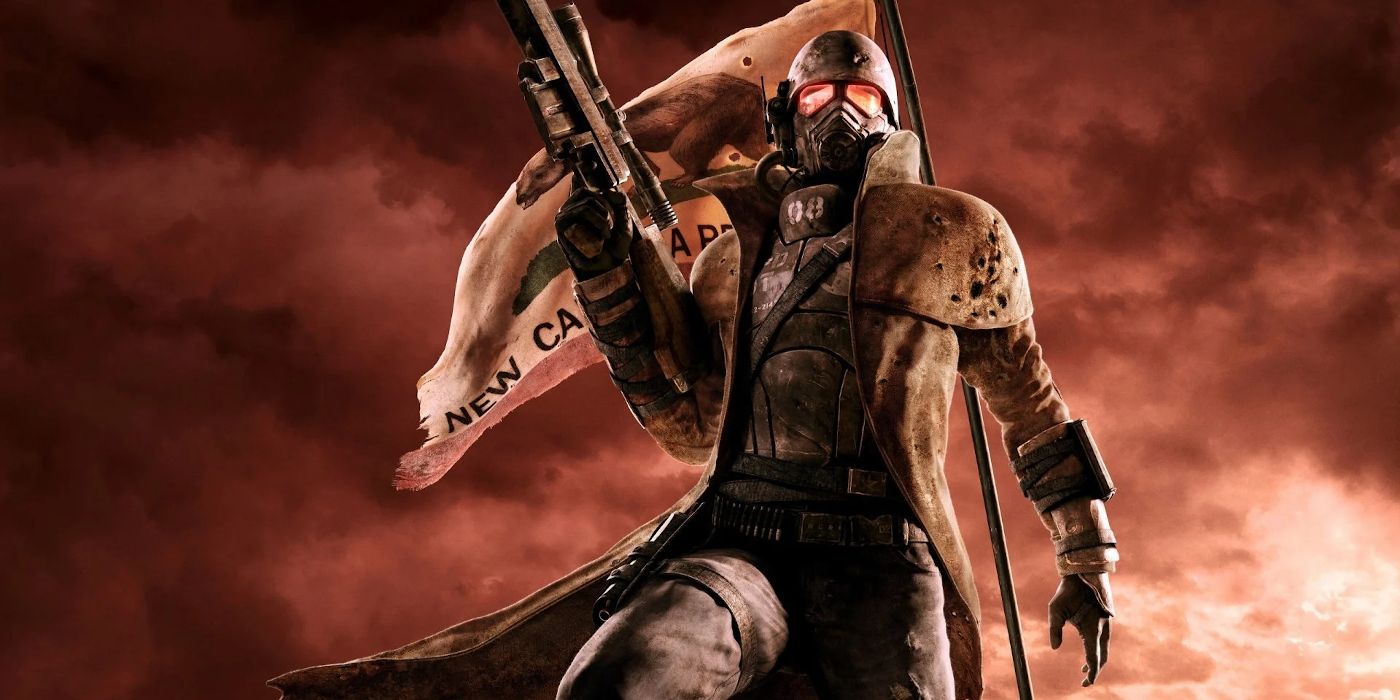
Outside of The Elder Scrolls, Bethesda is widely known for its beloved post-apocalyptic RPG Fallout, with the third entry is the first to change the franchise's trajectory onto an open-world formula. And as acclaimed as that game was, Obsidian Entertainment's New Vegas is retrospectively looked at as the series' finest game to date. What helped New Vegas be as incredibly replayable as it is - aside from mod support - is its grimy open world.
It's odd to think of such a bleak setting as this as "alive," it is so in a slightly similar way to Elden Ring. As grim as things are, it's easy for players to feel like this half-dead sci-fi landscape has established its own lively societal structure and functioning wilderness. The inhabitants of New Vegas live in a world that they've accepted as the new norm, with spontaneous events, character interactions, and fights to encounter to liven things further.
Source:gamerant.com
